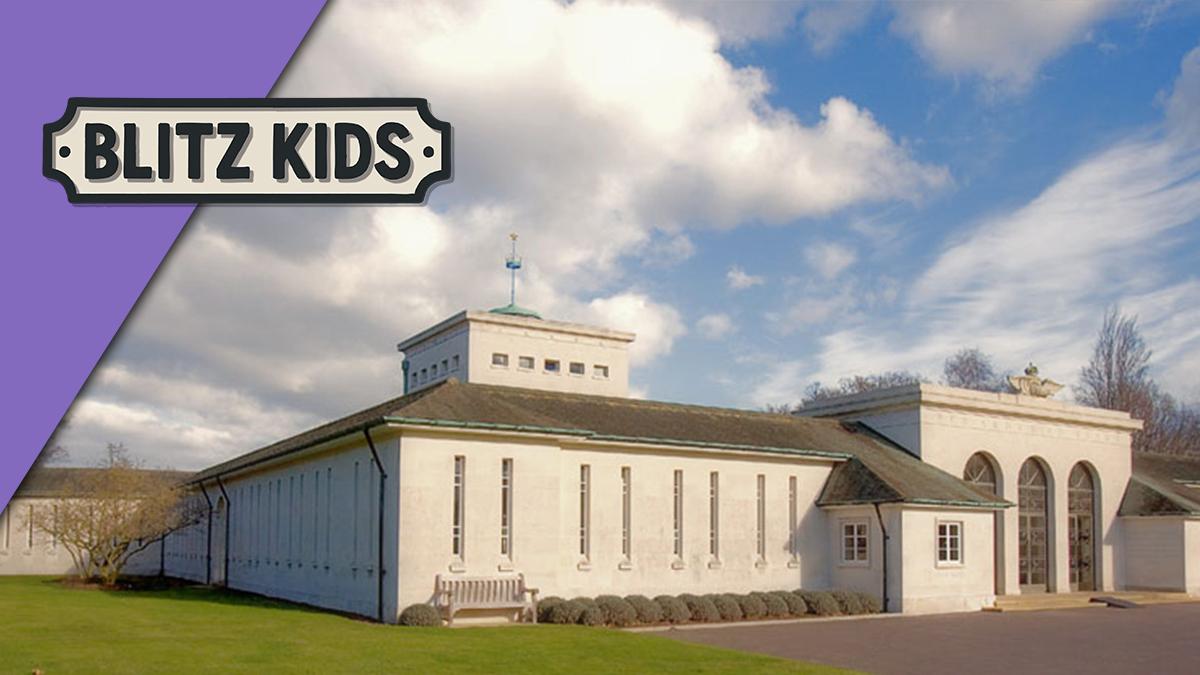“It is very fitting that those who rest in nameless graves should be remembered in this place. For it was in these fields of Runnymede that our forefathers first planted a seed of liberty.”
That was Queen Elizabeth when she opened the RAF Memorial at Runnymede on 17th October 1953.
It’s now 1955 and the Blitz Kids are all grown up! They’re on a road trip to visit the new war memorials on the 10th anniversary of VE Day.
George, Robbie, Maggie, Peter and Betty have all built new lives since the war but today is about remembering. Robbie’s father died when his plane crashed in 1943 and his name is now on the RAF memorial at Runnymede, a place to honour airmen who never had a proper grave.
Embed from Getty ImagesAs they drive through the countryside, they talk about how much has changed. Rationing is finally over, old wartime foods like powdered eggs are a thing of the past and they laugh about memories from their childhood, like sneaking chocolate from American soldiers! But there are sad memories too, like the bombs that once fell on their streets.
Embed from Getty ImagesWhen they finally arrive at Runnymede, everything falls silent. The memorial is huge, with thousands of names carved in stone. Seeing it makes them feel grateful to be alive. They’ve grown up, but many of the people remembered there never got that chance.
George writes in his journal…
“They built memorials for each of the three forces – the RAF at Runnymede, the Navy at Portsmouth and the Armed Forces National Memorial Arboretum in Staffordshire. From the jungles of Malaysia to the South Atlantic seas, the memorials remember those who have lost their lives around the world helping defend our democratic freedoms and way of life.
And that’s the end of our story. Well this story. Every now and then I re-read my journals from those war days – not to mention the letters we wrote to each other. If you don’t keep a journal – what are you waiting for? It’s a brilliant way to capture memories – your memories. It’s great to be able to remember what everyday life was like – both the hardships and the moments of fun. I hope you’ve enjoyed sharing our memories – me and the other Blitz Kids.“
And with that, the Blitz Kids’ story comes to an end, but their memories will always live on.
Find out more…
- The Air Forces Memorial at Runnymede commemorates by name over 20,000 men and women of the air forces, who were lost in the Second World War during operations from bases in the United Kingdom and North and Western Europe, and who have no known graves. They served in Bomber, Fighter, Coastal, Transport, Flying Training and Maintenance Commands, and came from all parts of the Commonwealth. Some were from countries in continental Europe which had been overrun but whose airmen continued to fight in the ranks of the Royal Air Force. The memorial was designed by Sir Edward Maufe with sculpture by Vernon Hill. The engraved glass and painted ceilings were designed by John Hutton and the poem engraved on the gallery window was written by Paul H Scott.
- The Armed Forces Memorial at The National Memorial Arboretum is nationally significant focus for Remembrance and was created to remember and recognise those who have given their lives in the service of the country since the end of the Second World War. Since 1948 the men and women of the Armed Services have taken part in more than 50 operations and conflicts around the world, often working as part of the United Nations, NATO or other coalitions. From the jungles of Malaysia to the South Atlantic seas the Armed Forces Memorial remembers those who have lost their lives around the world. It is particularly important for many, who have no grave to visit, or who remember those who are buried in far off places.
- The Portsmouth Naval Memorial has the names of over 24,000 service personnel who have no grave but the sea. Hundreds of thousands of men and women joined up, and almost 60,000 naval personnel died in service between 1939 and 1945. The existing war memorials were extended to accommodate Second World War dead, and today the Portsmouth Naval Memorial commemorates by name over 24,500 Commonwealth naval servicemen and women – over 9,600 of the First World War and nearly 15,000 of the Second. The Memorial is situated on Southsea Common overlooking the promenade, and is accessible at all times.




